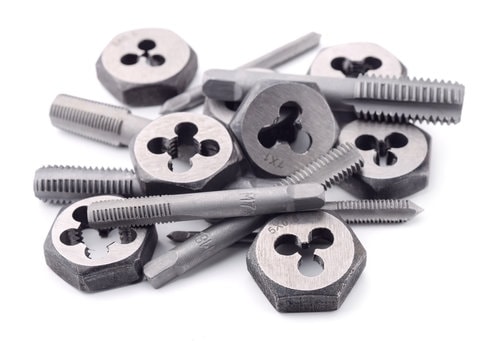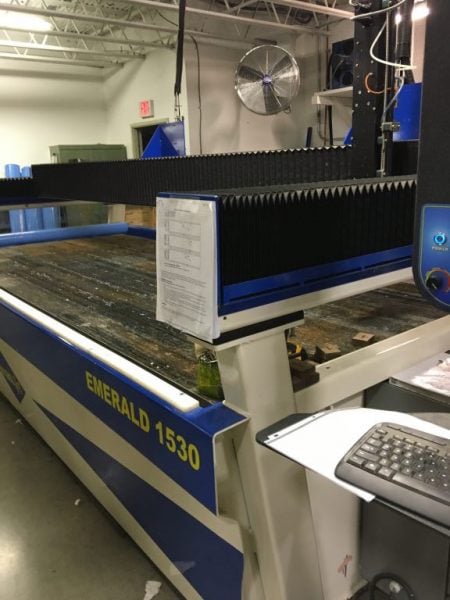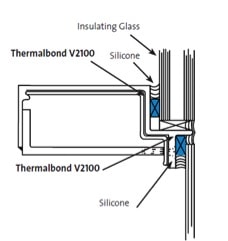 Die cutting is one of the best ways to produce high quality parts and components with minimal waste. Because die cutting is a very precise procedure, it can be used to cut fairly expensive materials and to create tight tolerance, finished products. There are three major types of die cutting process that are best for producing high quality goods . Each of them is best suited to specific applications and end products.
Die cutting is one of the best ways to produce high quality parts and components with minimal waste. Because die cutting is a very precise procedure, it can be used to cut fairly expensive materials and to create tight tolerance, finished products. There are three major types of die cutting process that are best for producing high quality goods . Each of them is best suited to specific applications and end products.

Creating High Value Products Using 3 Die Cutting Techniques
| 2
 Die cutting is one of the best ways to produce high quality parts and components with minimal waste. Because die cutting is a very precise procedure, it can be used to cut fairly expensive materials and to create tight tolerance, finished products. There are three major types of die cutting process that are best for producing high quality goods . Each of them is best suited to specific applications and end products.
Die cutting is one of the best ways to produce high quality parts and components with minimal waste. Because die cutting is a very precise procedure, it can be used to cut fairly expensive materials and to create tight tolerance, finished products. There are three major types of die cutting process that are best for producing high quality goods . Each of them is best suited to specific applications and end products.

